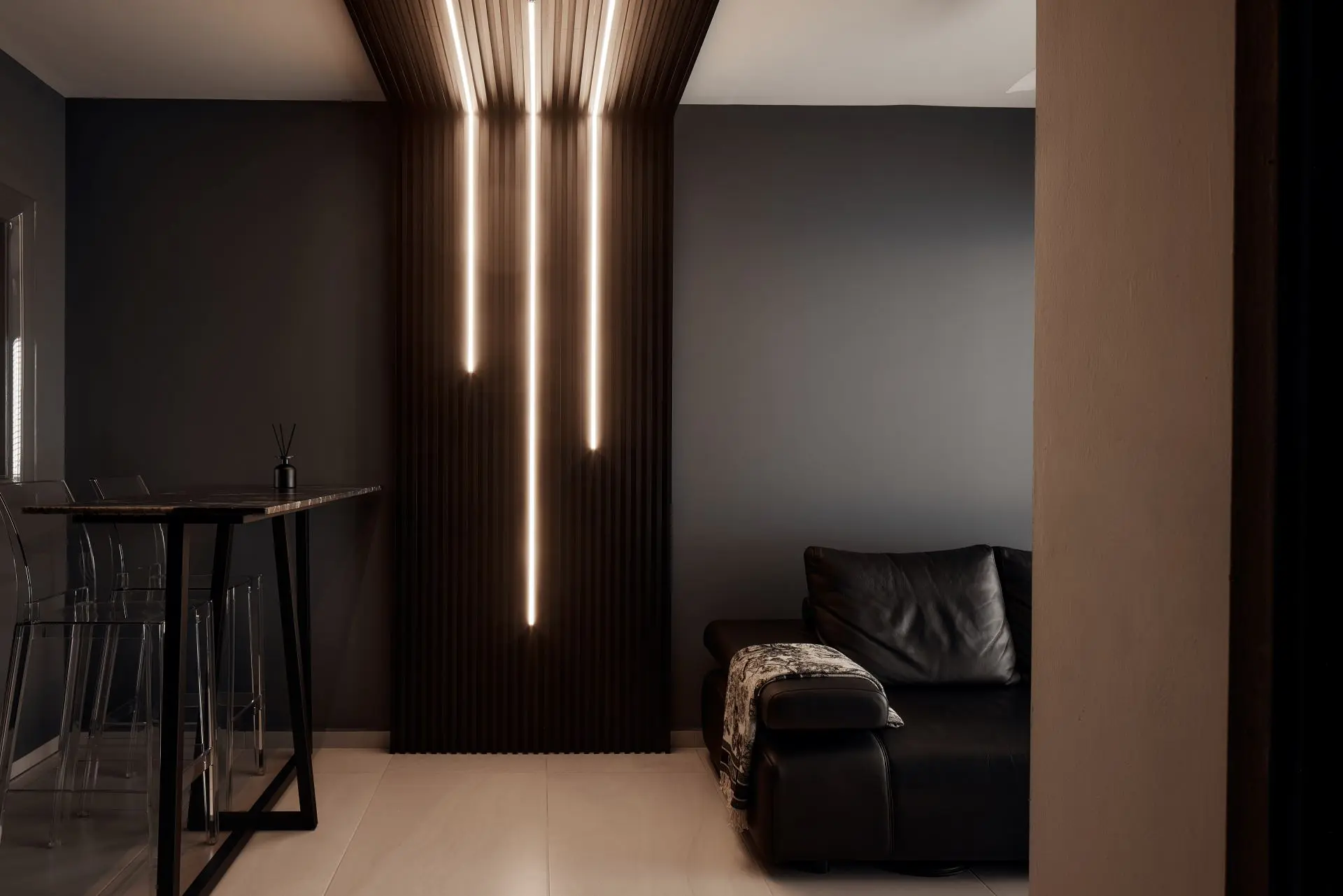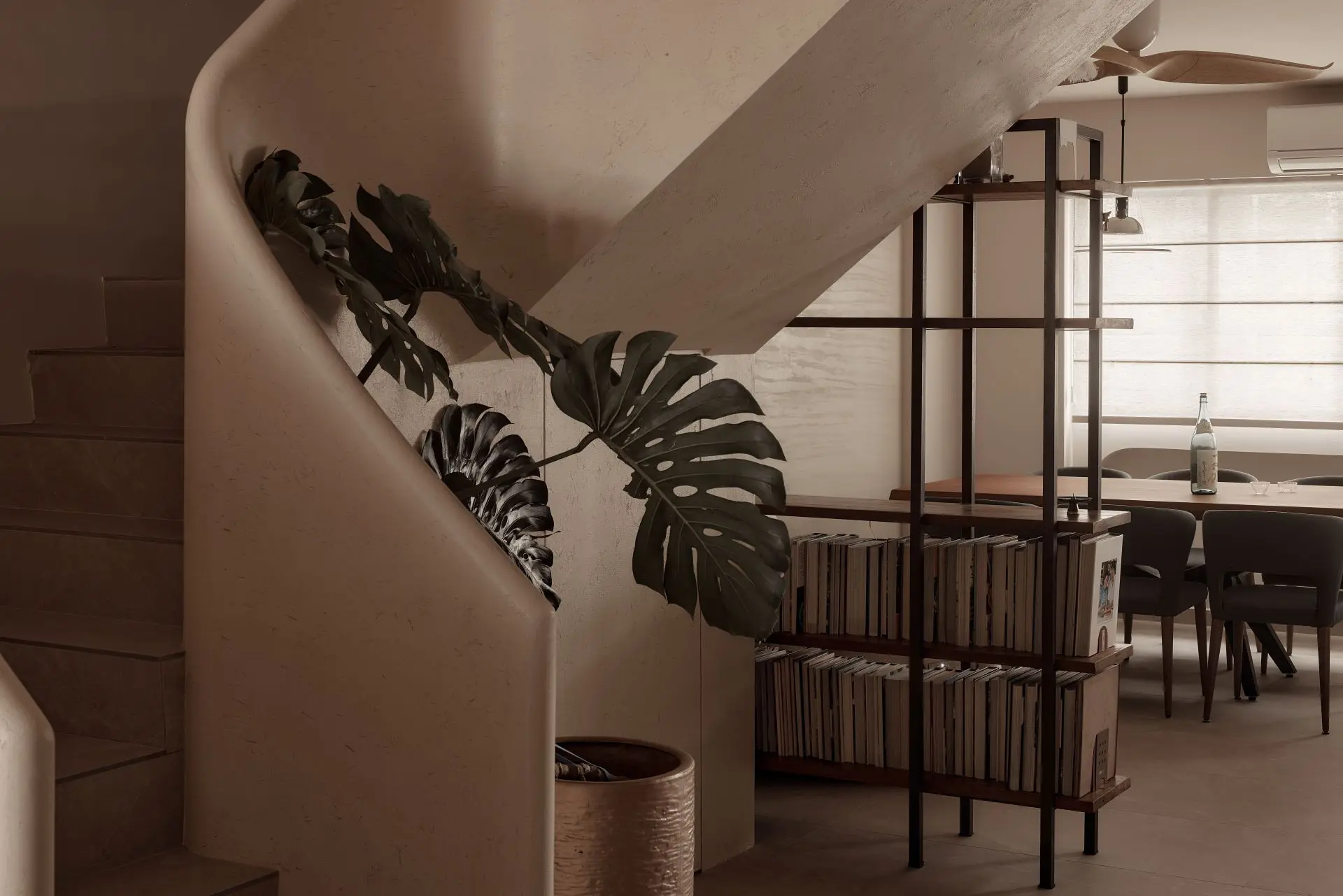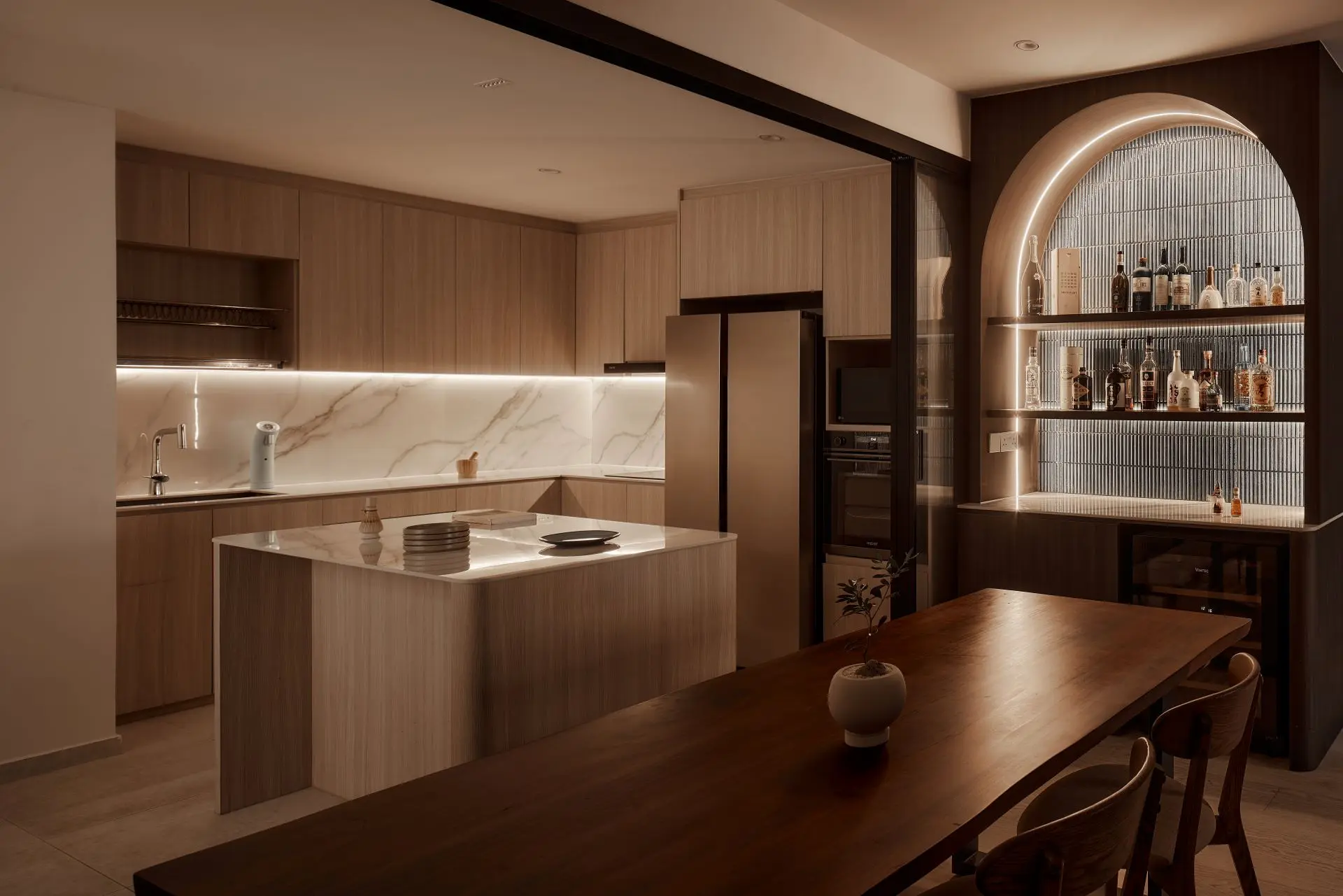Interior design is not merely about aesthetics; it encompasses a holistic approach to creating spaces that enhance the quality of life and culture of the occupants. The significance of interior design lies in its ability to transform a mundane environment into a functional and visually appealing space. This transformation can influence mood, productivity, and overall well-being.
For instance, a well-designed office can boost employee morale and efficiency, while a thoughtfully arranged home can foster relaxation and comfort. The interplay of colors, textures, and layouts can evoke emotions and create an atmosphere that resonates with the inhabitants. Moreover, interior design plays a crucial role in maximizing the potential of a space.
It involves understanding the needs and preferences of the users and translating them into a cohesive design that reflects their lifestyle. This is particularly important in urban settings like Singapore, where space is often at a premium. Effective interior design can make small areas feel more expansive and functional, ensuring that every square foot serves a purpose.
By considering factors such as lighting, furniture arrangement, and spatial flow, interior designers can create environments that are not only beautiful but also practical and efficient.
Key Takeaways
- Interior design plays a crucial role in creating a functional and aesthetically pleasing space.
- Finding the right interior design company in Singapore involves thorough research and consideration of their portfolio and expertise.
- Collaborating with design professionals allows for a personalized approach to interior design that reflects your unique style and preferences.
- Exploring different design styles and concepts helps in finding the perfect fit for your home or office.
- Maximizing space and functionality is essential for creating a practical and efficient living or working environment.
Finding the Right Interior Design Company in Singapore
Defining Your Design Vision
Are you looking for a contemporary aesthetic, or do you prefer a more traditional approach? Understanding your vision will help narrow down potential candidates. Researching portfolios and client testimonials can provide insight into a company’s design philosophy and execution capabilities.
Local Expertise and Compliance
Additionally, it is essential to consider the firm’s experience with local regulations and building codes. Singapore has specific guidelines that must be adhered to during renovations and new constructions. A knowledgeable interior design company will navigate these regulations seamlessly, ensuring that your project complies with all necessary standards.
Collaboration and Communication
Engaging in initial consultations with multiple firms can also help gauge their communication style and willingness to collaborate. A good designer should listen attentively to your ideas while offering professional insights that enhance your vision.
Collaborating with Design Professionals for a Personalized Approach
Collaboration is at the heart of successful interior design projects. Engaging with design professionals allows for a personalized approach that aligns with your individual tastes and requirements. During the initial stages of collaboration, designers typically conduct thorough assessments of the space and discuss your lifestyle needs.
This dialogue is crucial as it lays the foundation for a design that is not only visually appealing but also functional. For example, if you have children or pets, the designer may suggest durable materials and layouts that accommodate active lifestyles. Furthermore, collaboration extends beyond mere discussions; it involves an iterative process where ideas are exchanged, refined, and developed into tangible designs.
Designers often utilize advanced technology such as 3D modeling software to present concepts visually, allowing clients to envision the final outcome before any work begins. This interactive process fosters a sense of ownership over the project, as clients can provide feedback and make adjustments along the way. Ultimately, this partnership results in a space that truly reflects your personality while meeting practical needs.
Exploring Different Design Styles and Concepts
| Design Style | Key Concepts | Examples |
|---|---|---|
| Minimalist | Simplicity, clean lines, neutral colors | Apple products, Scandinavian interiors |
| Maximalist | Rich colors, bold patterns, eclectic decor | Versace, Bohemian style |
| Industrial | Raw materials, exposed structures, utilitarian design | Loft apartments, modern urban spaces |
| Mid-Century Modern | Clean lines, organic forms, functional design | Eames lounge chair, Herman Miller furniture |
The world of interior design is rich with diverse styles and concepts, each offering unique characteristics that can dramatically alter the ambiance of a space. From minimalist Scandinavian designs that emphasize simplicity and functionality to opulent Art Deco aesthetics that celebrate luxury and glamour, understanding these styles can help you articulate your preferences more clearly to your designer. For instance, if you are drawn to the warmth of natural materials and earthy tones, a rustic or bohemian style may resonate with you.
In Singapore, where cultural influences are abundant, many designers incorporate elements from various traditions into their work. This fusion can result in eclectic designs that reflect both modern sensibilities and historical richness. For example, incorporating Peranakan tiles or traditional Chinese motifs into contemporary settings can create a unique narrative within your home or office.
Exploring these different styles not only broadens your understanding of what is possible but also inspires creativity in how you envision your space.
Maximizing Space and Functionality in Your Home or Office
In urban environments like Singapore, where living spaces are often compact, maximizing space and functionality becomes essential in interior design. Designers employ various strategies to create an illusion of spaciousness while ensuring that every area serves a purpose. One common technique is the use of multifunctional furniture—pieces that can adapt to different needs without compromising on style.
For instance, a sofa bed can transform a living room into a guest room when needed, while ottomans with storage capabilities can help declutter spaces. Another effective approach is optimizing vertical space through clever storage solutions such as built-in shelves or wall-mounted cabinets. These designs not only free up floor space but also draw the eye upward, creating an impression of height and openness.
Additionally, strategic use of mirrors can enhance natural light and make rooms feel larger than they are. By focusing on these elements, interior designers can create environments that are both aesthetically pleasing and highly functional, catering to the demands of modern living.
Incorporating Sustainable and Eco-Friendly Design Elements
Sustainable Materials
Designers are opting for locally sourced materials to reduce carbon footprints associated with transportation. For instance, using bamboo flooring or reclaimed wood not only adds character to a space but also supports sustainable forestry practices.
Energy Efficiency
Energy-efficient lighting solutions, such as LED fixtures, can significantly reduce electricity consumption while enhancing the overall ambiance of a room. This not only benefits the environment but also reduces energy costs for clients.
Healthier Living Spaces
By incorporating eco-friendly elements into their designs, professionals not only contribute to environmental conservation but also create healthier living spaces for their clients. This includes advocating for the use of low-VOC paints and finishes to improve indoor air quality, ultimately leading to a better quality of life.
Budgeting and Planning for Your Interior Design Project
Budgeting is a critical aspect of any interior design project, as it sets the parameters within which designers must operate. Establishing a clear budget from the outset helps prevent overspending and ensures that resources are allocated effectively across various elements of the project. When discussing budget considerations with your designer, it is essential to be transparent about your financial constraints while also allowing for flexibility in certain areas where investment may yield significant returns.
Planning involves more than just financial considerations; it encompasses timelines and project milestones as well. A well-structured plan outlines each phase of the design process—from initial consultations to final installations—allowing both clients and designers to manage expectations effectively. Regular check-ins throughout the project can help address any unforeseen challenges promptly while keeping the project on track.
By prioritizing budgeting and planning, clients can achieve their desired outcomes without compromising on quality or vision.
Showcasing Your Personal Style and Taste through Interior Design
Interior design serves as a canvas for expressing personal style and taste, allowing individuals to curate environments that resonate with their identities. Whether through color choices, furniture selections, or decorative accents, every element contributes to the overall narrative of a space. For instance, someone who values minimalism may opt for neutral palettes and sleek lines, while another who embraces maximalism might fill their home with vibrant colors and eclectic decor pieces.
Incorporating personal artifacts—such as travel souvenirs or family heirlooms—can further enhance this expression of individuality within interior spaces. Designers often encourage clients to share their stories and inspirations during the design process so that these elements can be thoughtfully integrated into the overall scheme. This collaborative effort results in spaces that not only look beautiful but also tell a story about who lives or works within them, making them truly unique reflections of personal style.
If you are looking for a good interior design company in Singapore, you may want to check out IS Design Studio. They offer a range of services to help you create the perfect space for your home or office. In a related article on their website, they discuss what interior design is and how it can transform a space. You can read more about it here.








